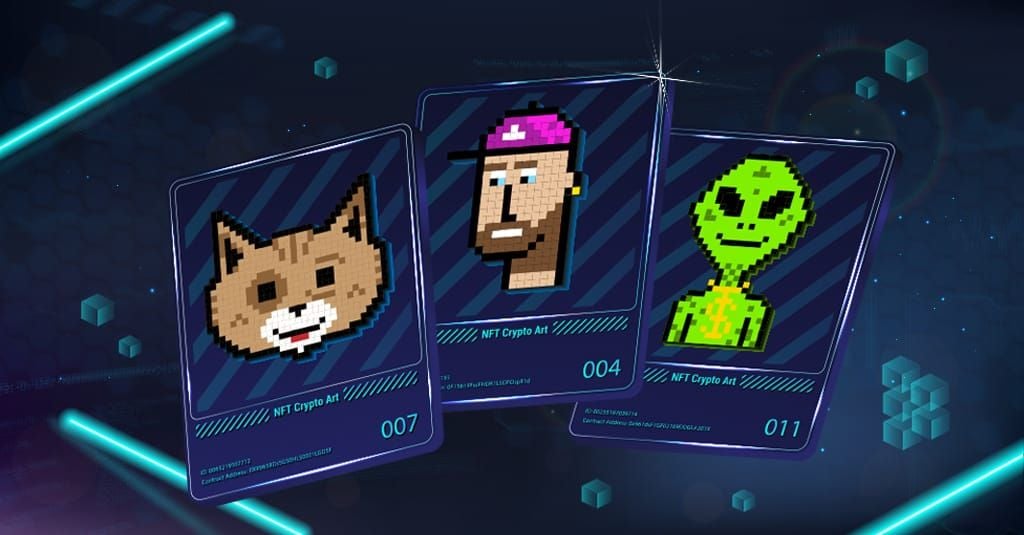BusinessForward founder and CEO John Huckle pays us a visit with some keen insight into the broad playing field of today’s CIO.

Guest blogger: John Huckle, Founder & CEO, BusinessForward
Picture this: A tourist from East Texas, lost on a busy corner in Harvard Square in a downpour, asks a native South Bostonian for directions to a restaurant. Shouting over the bleeping cabs and throngs of umbrella-wielding people, do you think anything will get lost in translation? Let’s just say it’s highly likely.
It’s not that the two English speakers aren’t smart or attentive. It’s just that the circumstances, thick accents, and colloquialisms may pose a challenge that sends the tourist straight into the Charles River. Now, as a CIO you may not have to communicate in a rainstorm, but chances are you’ve often felt that you and your peers express yourselves in such different ways, it’s as if you speak different languages.
The truth is, you do speak different languages. And to ensure your CXO peers and customers don’t end up in a river, you better get multilingual real fast.
In the past, CIOs had (perceivably) far fewer customers than they do today, and therefore the lexicon that served as a bridge to their limited audience did not have to be as accessible. But that was a time when their most important customers were typically twice or thrice removed from any direct communication. Now that CIOs and CISOs are becoming far more connected to the business – becoming much more strategic and leading the evolution of their IT organizations to meet the explosion of technology across functions – they must be able to both translate their agendas and comprehend the agendas of their peers outside of IT.
As a matter of fact, our 2016 Regional CIO Survey demonstrated that CIOs are increasingly collaborating across the business to ensure they have that seat at the table. There is increasing pressure on CIOs to play multiple roles. They are asked to play innovator, strategist, service provider and advisor all at the same time.
So how do CIOs and their IT organizations verbally and digitally connect outside of their group? It’s more than the old adage, “know your audience.” What a successful CIO needs to know is how to speak many languages, often within a single meeting. Be multilingual, if you will.
I’m not suggesting the ability to speak both Mandarin and French (though that would be admirable). The multilingualism I mean is the prowess to communicate and understand the vernacular of multiple functional areas. Since contact with customers often lacks a translator, a CIO who is fluent in HR, operations, sales, and finance (to name a few) will have a huge advantage over one who communicates only in IT-speak.
Let’s call this being Business Multilingual.
Once a CIO starts understanding the different business languages permeating the company like so many twangs, they will be poised for success. Start using these three prompts to begin to make comprehensible the jargon coming both from you and at you:
Establish context. Who is trying to solve what problem for whom? Understand your customers’ customers and how your support impacts their success.
Pretend. Suspend the usual framework by imagining that technology doesn’t exist. It’s amazing how much easier it becomes for customers to talk about what prevents them from meeting their goals when they don’t try to speak tech.
Understand. Take the time to see your customers as people, outside of the business of bits and bytes. You certainly related to Alice at the water cooler when rehashing last night’s ball game, so you can certainly try to understand her clearly when she relays HR processes and frustrations.
Once you adopt this multilingual mindset, it will positively influence your interactions with the following four types of customers:
External customers
Looking at your customers as a revenue stream and deploying technologies to enable them must be done with an ear for the language of their business. Think of these common questions, but in their vernacular:
- What value does my company offer to existing and new customers?
- What can customers tell me about the products or services our company provides?
- How do customers interact in their day-to-day lives with what our company offers?
Once that language is understood, you are ready to help in the most targeted manner.
Internal customers
Now is the time for the CIO and their IT organizations to dig deep to understand what drives the consumption of their offerings. Know what they are asking you, even if the language is foreign at first. Find out:
- What, outside of my organization, represents a great customer experience?
- What tools are people using in their daily lives that are driving their expectations?
- What three actions can my organization take to help people do their jobs better?
Once that language is understood, you will know if and how you can deliver the most benefit.
Organizational peers
A 2015 McKinsey study found that if “CIOs are very…involved in shaping enterprise-wide strategy, they report much higher IT effectiveness than their peers whose CIOs are less involved.” They have the ability and budget to buy tools and technology-related services outside of IT now more than ever. The 2016 Regional CIO Survey also found that investments in IT like legacy and core modernization are key to connecting across the business.
So how can CIOs use multilingualism to position themselves as highly effective strategic leaders? Ask the following:
- What clear language can we insert into our “contract” that sets mutual expectations around our respective roles and accountabilities?
- Outside of technology, what capabilities are important to fuel revenue growth, lead to employee retention, drive competitive advantage, and reduce costs?
- Very simply – how can I support you and do you recognize what I am saying?
Once that language is understood, you can implement the most relevant strategies.
IT Staff
This has by far the most impact and is the largest area for improvement, and yet most IT executives freely admit that attracting top IT talent is a significant challenge for their organization in a seller’s market. According to the 2016 Regional CIO Survey, leaders struggle to fill their teams with the right people and right skills because of a stark deficit between the skills they need and the people available with these skills. Here is where language is especially critical.
Turnover can create a struggle for CIOs who are balancing the infusion of fresh ideas and ensuring that institutional knowledge does not walk out the door – so how can a CIO use multilingualism to elevate the talent in their organization?
- Understand the literal culture of your team and how it differentiates the organization.
- Comprehend in slang, academic-speak or trend talk what people need to be successful.
- Understand what is expected of you as a leader and how you can help.
Once that language is understood, you are ready to attract a team headed in the same direction.
Overall, CIOs are in a tough position, and those who are successful can decode and recode their words if they understand multiple languages. Interpreting thoughts based on their audience becomes smooth – no more faking it. Additionally, they can translate the dialects of their customers and teams through real conversations.
With a CIO directly accountable to fulfill needs and wants from all angles, language is critical. By becoming a multilingual leader, communication becomes that much clearer for all. So hopefully, the next time a CIO gives directions to any of their customers, nobody makes a wrong turn.
John Huckle is the founder and CEO of BusinessForward, a consulting company focused on helping IT leaders work with the business to transform processes and operations that lead to a competitive advantage.









